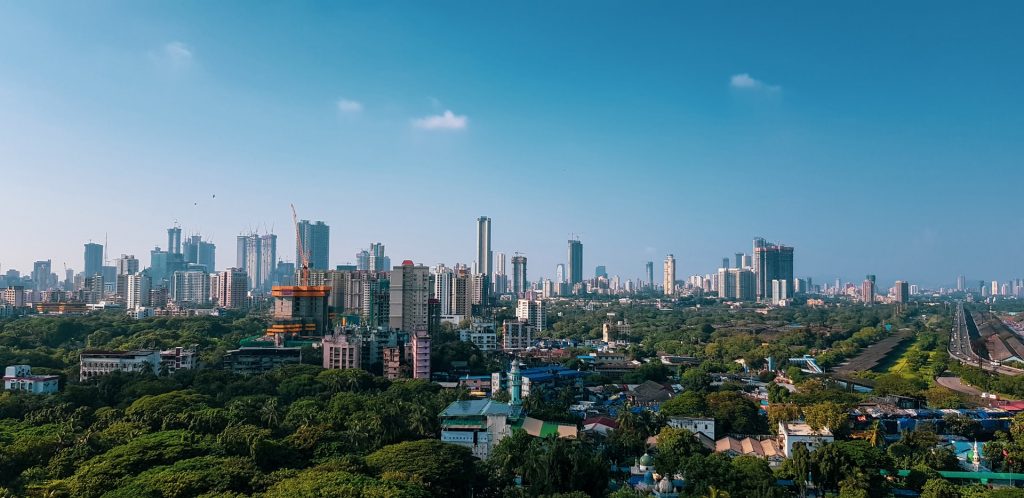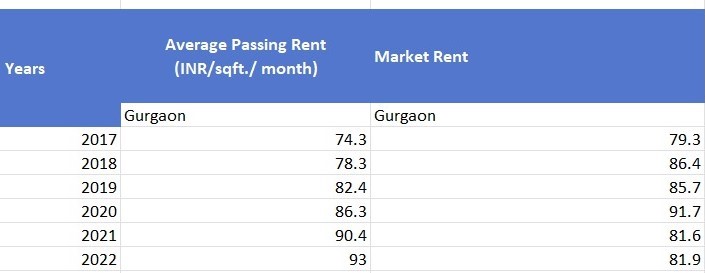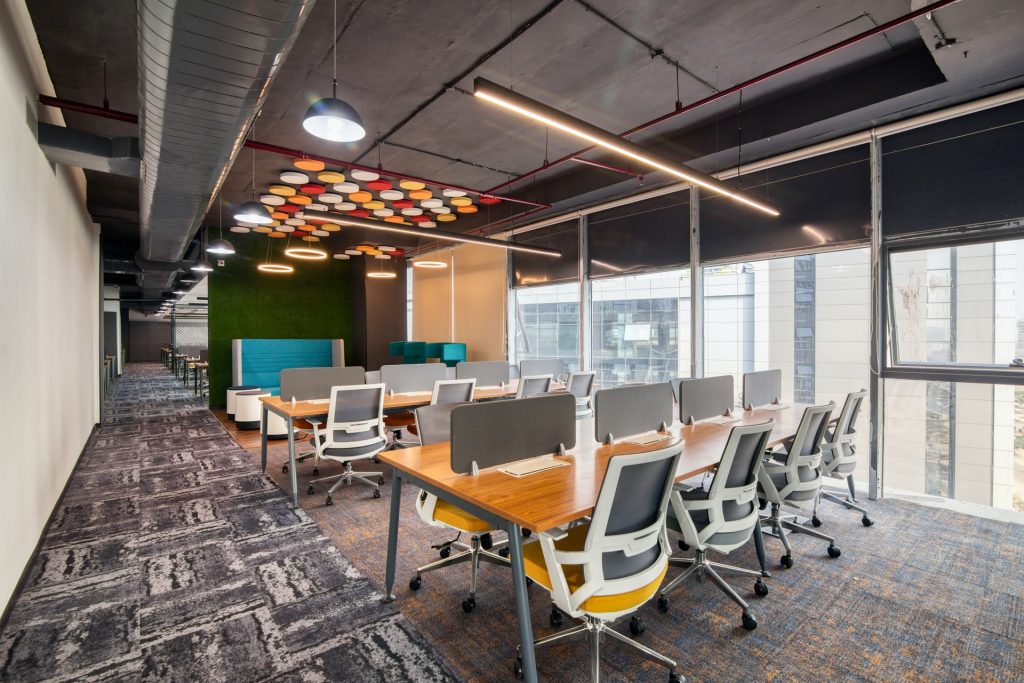When a property is rented out, a Tenancy Agreement is essential to specify the terms and conditions, that have been approved by both concerned parties and to describe the details of the landlord-tenant relationship. In case of a disagreement, it could end up becoming a basis of conflict.

What is a tenancy agreement?
A tenancy agreement India is a legal document that elaborates on the terms & conditions of a lease and rent partnership between two people. A tenant is an individual who is allowed to use a property under the rental agreement terms.
There are several kinds of agreements when it comes to renting or leasing a property. While a rental contract is controlled by the Rent Control Act, the Lease & License agreement is regulated by the Indian Easement Act. Landowners need to know that if the tenant is a danger to society and there is no Tenancy Agreement in place, the landowner can be held responsible.
Let’s look at the different kinds of tenancy agreements in India:
The tenancy agreements in India are categorized into three kinds:
- Rent Agreement
- Lease Agreement
- Leave & License Agreement
Rent Agreement
A rental contract is a legal agreement between a property owner and the prospective tenant who wishes to take temporary possession of a particular property. The agreement showcases information, like the name of the property owner and the tenant, description of the property, amount of rent that was approved, late payment fee, grace period, security deposit amount, facilities that the tenant is allowed to use or not, provision and right of parking, property insurance, maintenance & repairs, among many others.
Whether it is a commercial rent agreement India or a resident rental contract, they are generally for a shorter duration, typically 11 months in India. A rental contract is a brief concord, thereby allowing a trouble-free settlement between the two concerned parties.
Lease Agreement
A lease agreement India is typically needed in case of a longer occupancy period. When the landlords wish to avert the fluctuations in sustainable income, they prefer to have the property on lease. The lease agreement is regarded as a contract between the landlord and tenant, where the tenant is issued the right to use the specific property for the computed time frame (usually over 12 months).
Generally, a leasing contract connects the landlord and the tenant for an approved time span, as opposed to a rental contract. A few leases are for 99 years. Additionally, a lease generates interest in the property, is transferable, and creates inheritable rights.
Lease & License Agreement
The Leave & License Agreement is regulated by the Indian Easement Act 1882, and it is not the same as lease and rent agreements. This specific type of contract is a document via which the property of the Licensor is used by the license holder. However, the property is given on the basis of the Lease & License agreement and not on the basis of the tenancy. When no such permission exists, the right for the property would be deemed illegal.
CRE Matrix, a leading real estate data analytics company India, offers leasing & rental status of numerous companies across sectors on a pan-India basis.
For more such exciting analysis and details on real estate, visit CRE Matrix.











